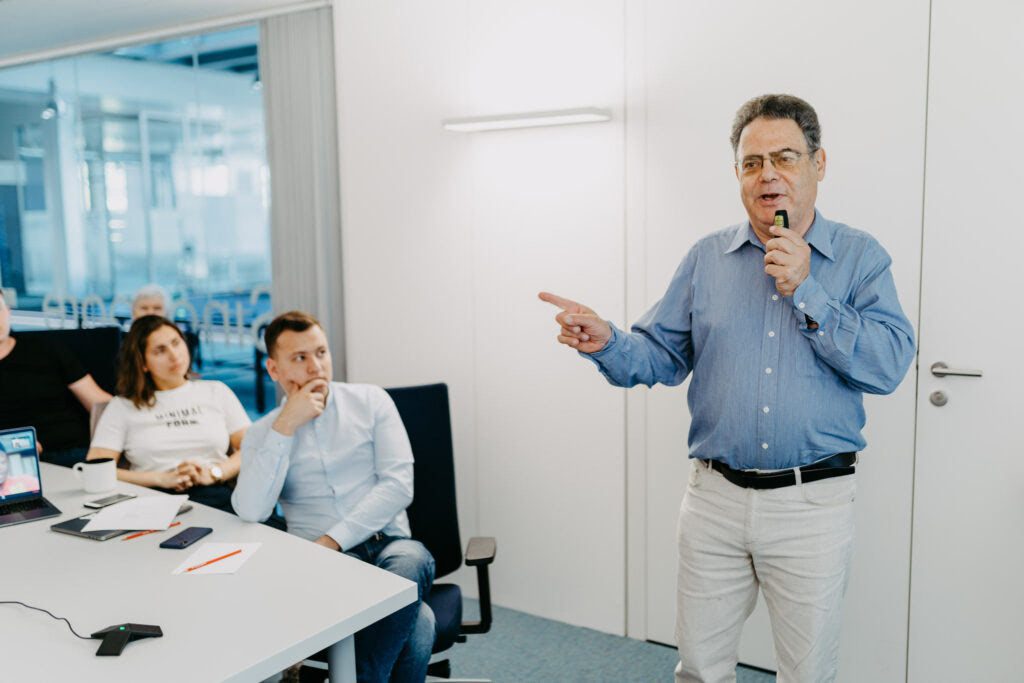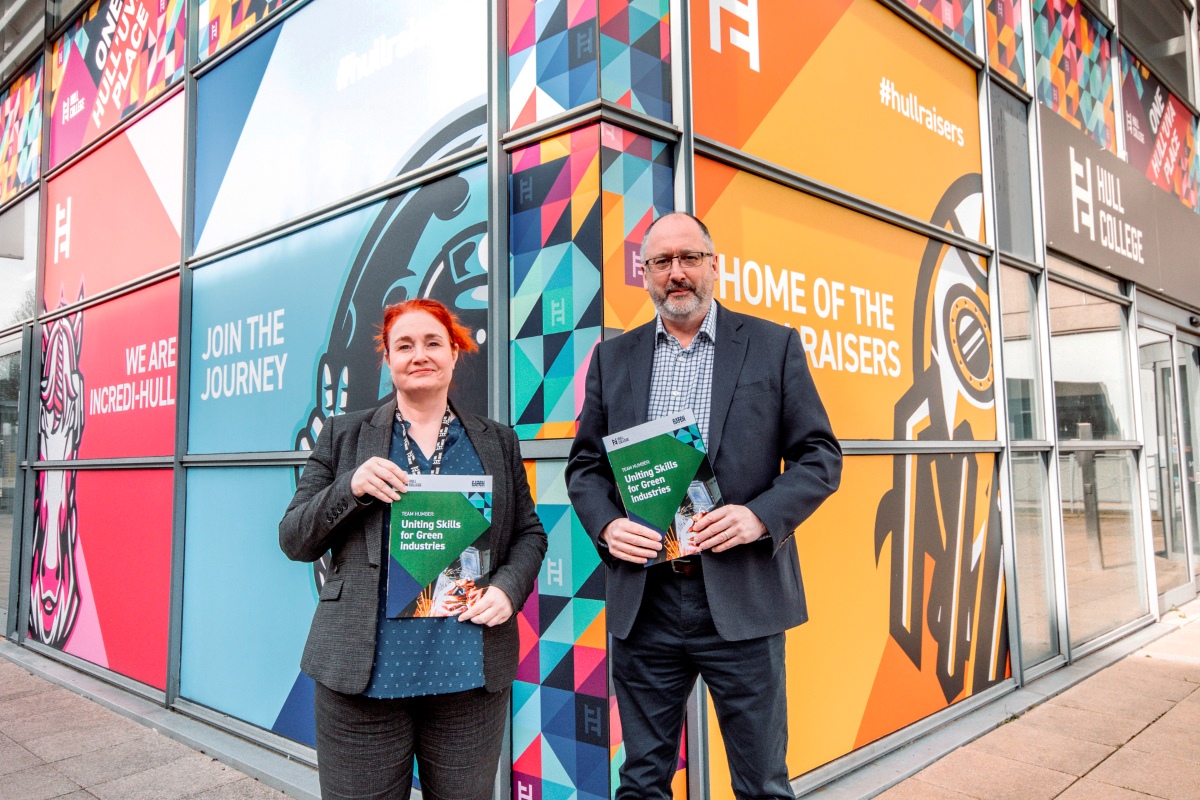Computer science is facing a crisis: Finding the formula for future leaders

Science and technology expert @SIT_University launches unique master’s program
To tackle the shortage of potential leaders joining the Computer science sector, Schaffhausen Institute of Technology (SIT) has created its new Master of Science (MSc) in Computer Science and Software Engineering to better prepare graduates for leadership.
Launching in September 2020, the newly developed program is available for students with bachelor’s in computer science or software engineering who have ambitions to become the next generation of technical leaders.
The Computer Science and Software Engineering MSc is the first master’s program to be launched by SIT — a newly formed university based in technology hotspot Schaffhausen, Switzerland. SIT was founded by entrepreneurs and is focused on bridging the gap between education and industry.
Chaired by Acronis CEO, Dr Serguei Beloussov, SIT and its syllabus has been specifically developed to tackle current challenges in industry, including the shortage of future leaders joining the software sector.
Industry advisors for SIT, which includes a network of IT, software and technology organisations, suggested that existing computer science courses do not prepare graduates for leadership positions. Roles such as Chief Security Officer (CSO), Chief Product Officer (CPO) and Chief Architect are therefore lacking in potential candidates.
While many computer science graduates are equipped with technical knowledge, few hold essential skills for leadership such as management, entrepreneurship and product management.
SIT’s industry network has experienced this problem first-hand when recruiting for their own organisations. To alleviate this problem, the SIT MSc in Computer Science and Software Engineering has been strategically developed with leadership in mind, with guidance from SIT’s impressive board of directors.
“SIT is committed to equipping graduates with the knowledge to build and grow their own high-tech businesses and in the realm of computer science, this entrepreneurial spirit is needed,” explained Professor Bertrand Meyer, Chair of Software and Security at SIT.
“The board of directors at SIT will have a genuine influence on the future success of our students, connecting them with their own networks in the computer science and technology industries.
“Unlike traditional master’s programs, computer science and software engineering at SIT has been developed as a pathway to job roles — whether that’s a CSO, CPO or perhaps the founder of an entirely new tech start-up. At SIT, we welcome the brightest and most ambitious graduates to join us in September.”
SIT’s master’s program meets the traditional Bologna European system for higher education. Based on a two-year curriculum of full-time study, the course follows a traditional academia year and is therefore ideal for students currently graduating with a bachelor’s in science or engineering.
In addition to full time study, students can choose the option of fast track study, allowing them to complete a full master’s degree in three semesters.
The thesis required to complete the master’s degree can be written based on the student’s experience in their own start-up business, or at one of SIT’s business network partners such as Acronis, Citrix, Microsoft and McKinsey & Company. This level of engagement with business is extremely rare in highly technical master’s degrees from prestigious specialist universities.
Unlike traditional models, the master’s program is available through blended e-learning, with lectures available at the SIT campus in Schaffhausen, Switzerland, broadcast live online or recorded for offline study.
Uniquely, the course also provides the option of graduating with a dual degree from one of SIT’s partner institutes — the Carnegie-Mellon University (CMU) in Pittsburgh, United States or the National University of Singapore (NUS) in Singapore.












Responses